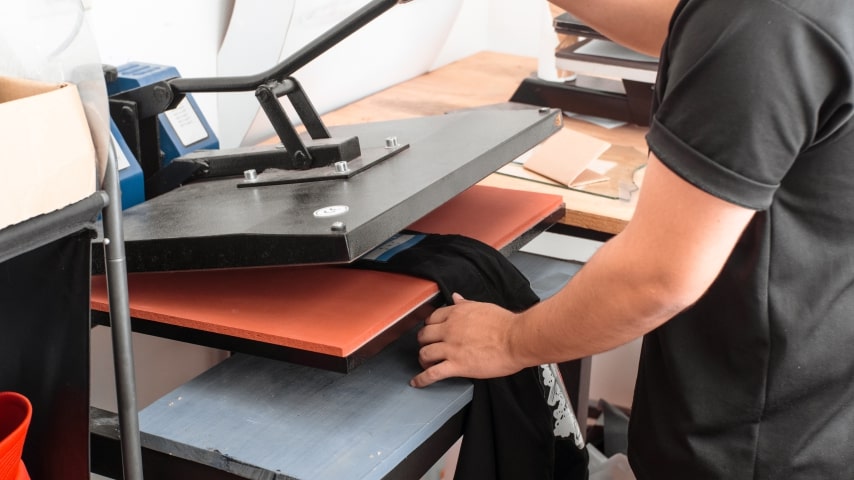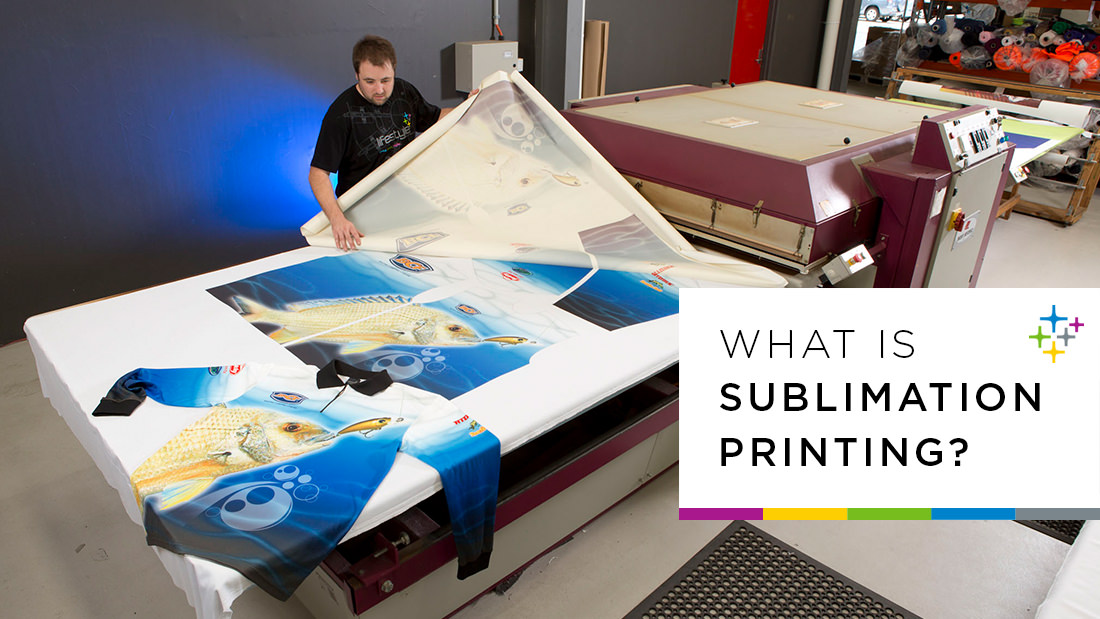Screen Printing Techniques: Understanding the Art for Branded Clothing
Screen Printing Techniques: Understanding the Art for Branded Clothing
Blog Article
A Comprehensive Overview to the Different Kinds Of Fabric Printing Methods
Each technique, from the thorough workmanship of block printing to the rapid effectiveness of screen printing, serves special objectives and supplies distinctive advantages. Digital printing's flexibility and ecological awareness stand in raw comparison to the speedy modification of warmth transfer printing.
Block Printing
Block Printing, one of the earliest approaches of fabric decor, has an abundant background that goes back to ancient human beings. Coming from China around 220 A.D., this strategy later on spread to India and at some point Europe. The procedure entails carving intricate styles into wooden blocks, which are after that dipped in color and pushed onto material to produce patterns. This technique is noteworthy for its ability to produce highly described and recurring layouts.
The precision and workmanship included in block printing make it a labor-intensive process, yet it likewise enables a high level of personalization. Artisans can develop special patterns by integrating different blocks or differing the application of dye. This adaptability has added to the long-lasting popularity of block printing in both modern and standard textile design.
Block printing is especially valued for its visual high qualities, consisting of the minor variations in pattern and shade that result from the hand-printing procedure. These imperfections offer a special character per piece, identifying it from mass-produced materials. Regardless of developments in modern printing innovations, block printing continues to be a treasured strategy, celebrated for its historic significance and creative worth.
Screen Printing
Screen printing, an additional famous fabric decoration method, has actually transformed the sector with its efficiency and adaptability. This approach involves producing a pattern, referred to as a screen, and utilizing it to use layers of ink on the printing surface. Each color in the style needs a different display, which enables complex and vivid multi-colored prints.

One of the key advantages of screen printing is its versatility to different kinds of fabrics, including cotton, polyester, and blends. This technique is particularly suitable for large-volume orders due to its cost-effectiveness and speed. The longevity of the prints is an additional substantial advantage, as the ink bonds well with the textile, ensuring lasting styles that endure several laundries.
As soon as dried, the design is transferred onto the emulsion-coated display utilizing a UV light source. Ink is then pushed via the pattern onto the material utilizing a squeegee.
Display printing is commonly made use of in the fashion industry, advertising products, and personalized apparel. Its capability for premium, comprehensive prints protects its condition as a keystone method in textile printing.
Digital Printing
Digital printing has actually swiftly arised as an innovative strategy in the fabric industry, leveraging sophisticated modern technology to produce high-resolution designs straight onto material. Unlike traditional approaches, digital printing employs inkjet printers to deposit pigment or dye-based inks onto fabrics, making it possible for complex and lively patterns with a remarkable degree of information and color precision.
One of the primary benefits of digital printing is its versatility. This approach allows for on-demand printing, which considerably reduces waste and decreases supply costs.
In addition, digital printing is eco-friendly. Branded clothing. It utilizes water-based inks and requires less water and energy compared to conventional methods, straightening with sustainable methods. The accuracy of digital printing likewise allows making use of a larger variety of materials, consisting of cotton, silk, polyester, and blends, making certain versatility across various applications
Heat Transfer Printing
How does heat transfer printing revolutionize textile layout? This approach has actually brought considerable improvements by permitting vibrant and detailed styles to be transferred onto a variety of textiles with exceptional precision. Warm transfer printing involves utilizing warm and pressure to transfer a design from a specifically developed paper onto material. This process starts with publishing the desired photo onto transfer paper utilizing specialized inks. Once the photo is printed, the paper is placed onto the fabric and subjected to a heat press, which transfers the ink from the paper to the textile.
Among the primary benefits of warmth transfer printing is its capability to create top notch, comprehensive photos swiftly and successfully. It is especially fit for little production Visit This Link runs and custom orders, making helpful site it a popular option for personalized clothing and advertising items. In addition, this technique is flexible, suiting various kinds of textiles including cotton, polyester, and blends.
Additionally, heat transfer printing is fairly cost-effective contrasted to various other techniques, as it calls for very little arrangement and lower first investment - sublimation printing. This affordability, combined with its ability for producing lively, resilient prints, emphasizes its crucial role in contemporary textile design

Dye Sublimation Printing
Dye sublimation printing, an advanced textile printing technique, supplies unequaled vibrancy and durability for layouts on numerous artificial textiles. This method involves converting strong color into a gas without passing via a fluid state, allowing the color to penetrate the textile flawlessly. The procedure starts with printing the style onto a special transfer paper using sublimation inks. The printed transfer paper is after that put on the material, and both are subjected to high warmth and stress utilizing a warm press. The heat causes the color to sublimate and bond with the material fibers, producing a permanent, high-resolution print that resists fading and cracking.
Among the vital benefits of color sublimation printing is its ability to generate continuous-tone prints with detailed details and vibrant colors. Unlike other printing methods, the dye becomes part of the fabric instead than sitting on top of it, causing a soft and breathable finish. This strategy is especially reliable on polyester and other artificial materials, making it a preferred option for sports apparel, banners, and home textiles. In addition, dye sublimation is eco friendly, as it calls for no water and produces marginal waste, straightening with lasting production techniques.
Final Thought
Block printing is admired for its artisanal high quality, while screen printing is beneficial for high-volume production. Digital printing supplies adaptability and ecological advantages, whereas warm transfer printing is suitable for quick modification.
Each approach, from the thorough workmanship of block printing to the rapid efficiency of screen printing, offers unique functions and supplies have a peek here distinct benefits. Digital printing's versatility and ecological consciousness stand in raw comparison to the quick customization of heat transfer printing. In spite of developments in modern printing technologies, block printing continues to be a valued technique, celebrated for its historical relevance and imaginative value.
Dye sublimation printing, an innovative material printing method, offers unmatched vibrancy and long life for styles on various artificial fabrics. Digital printing offers flexibility and ecological advantages, whereas warm transfer printing is suitable for fast personalization.
Report this page